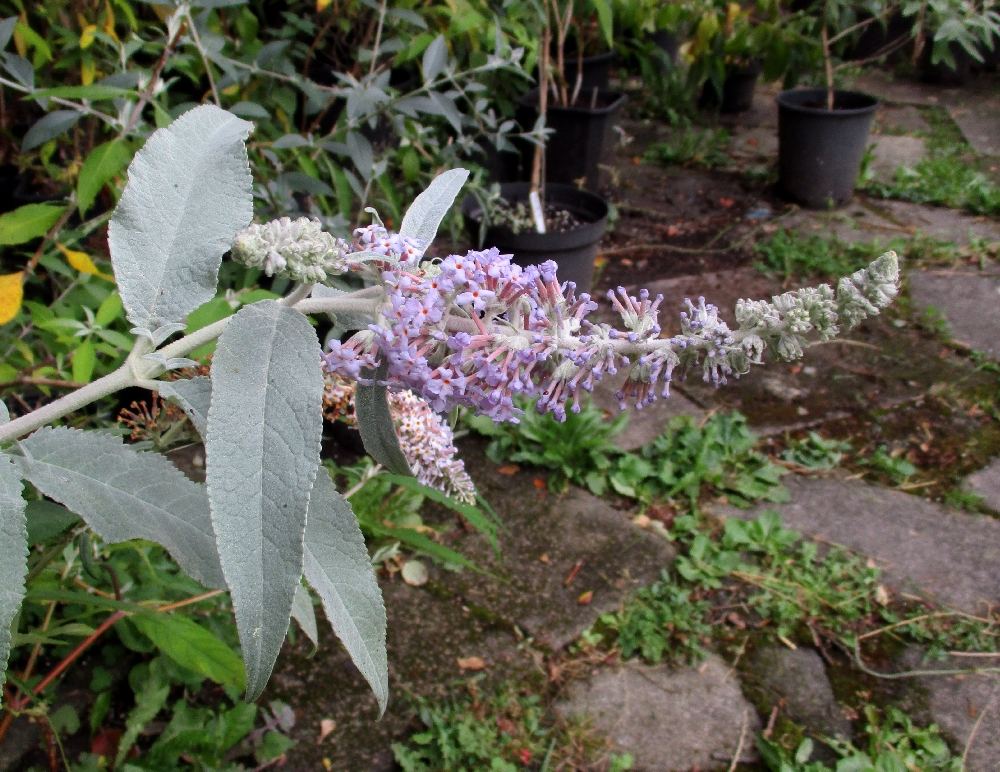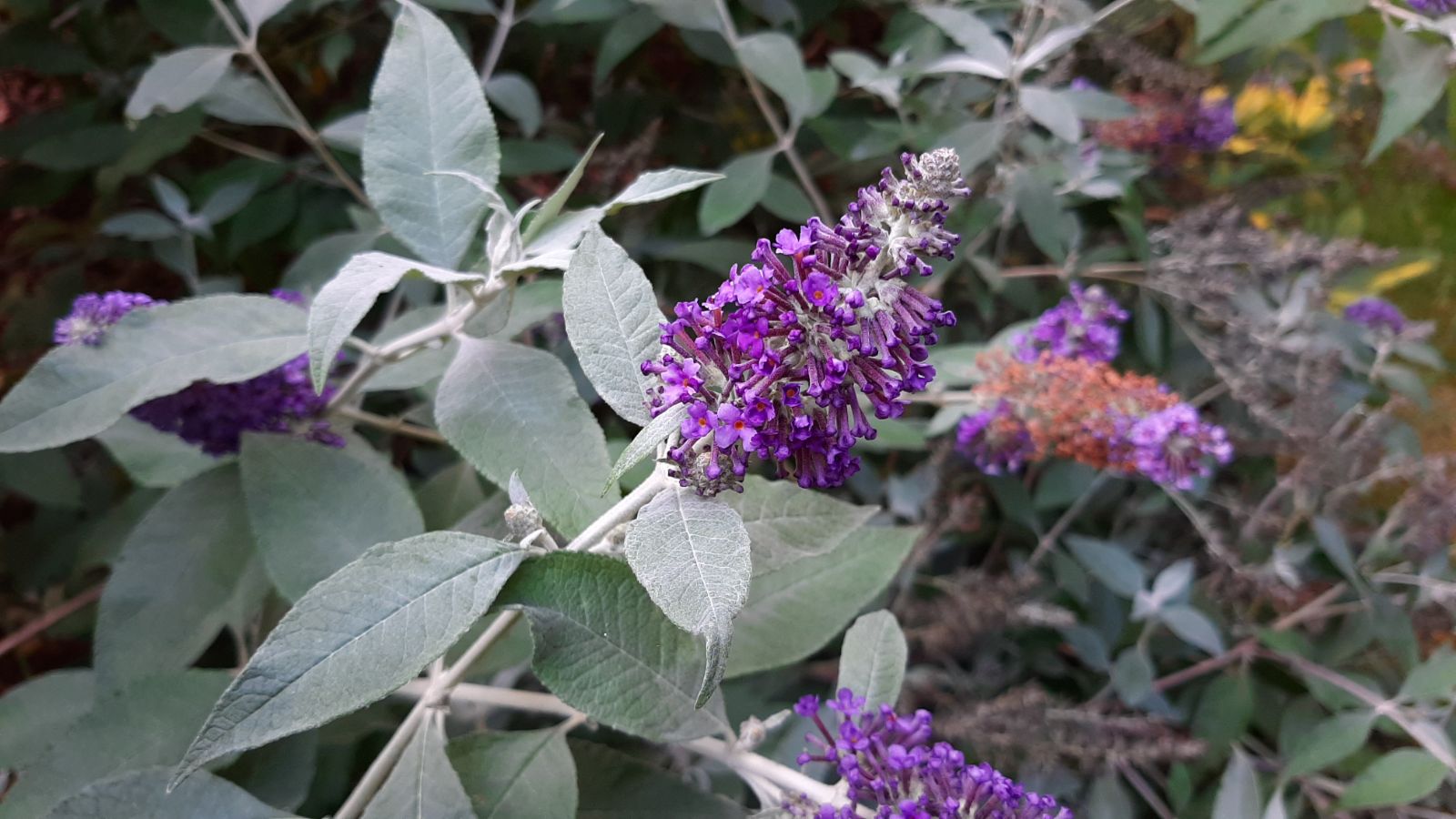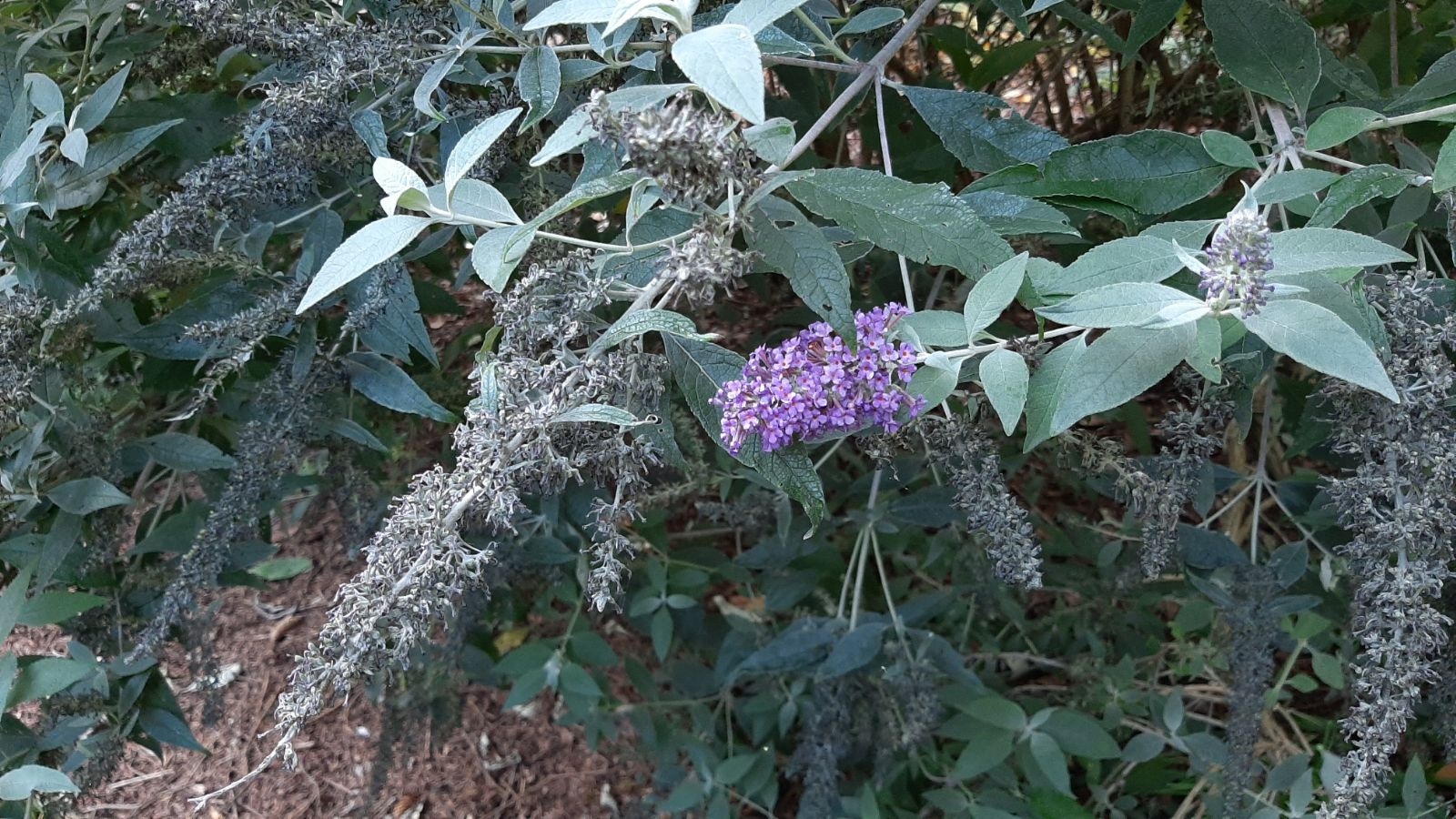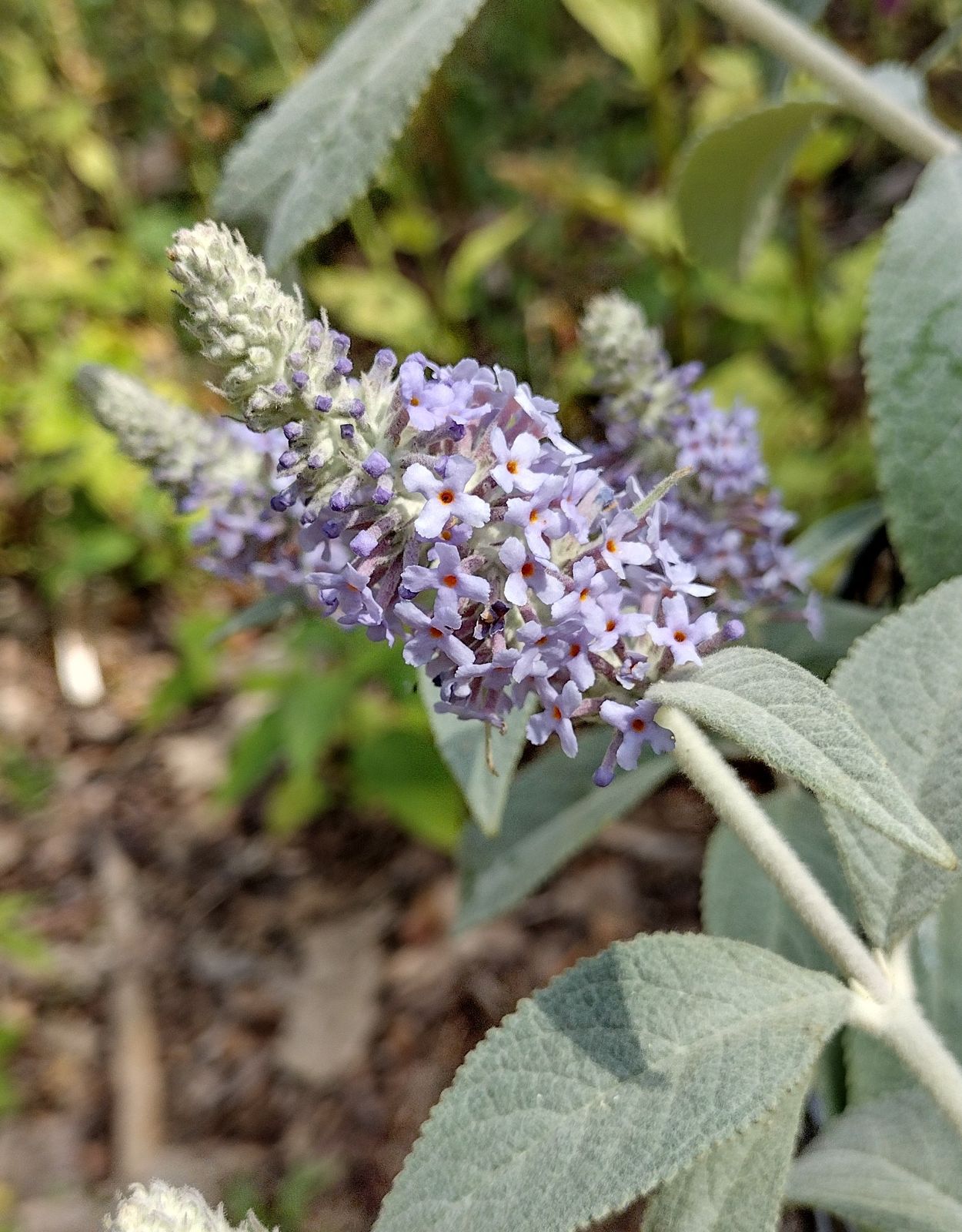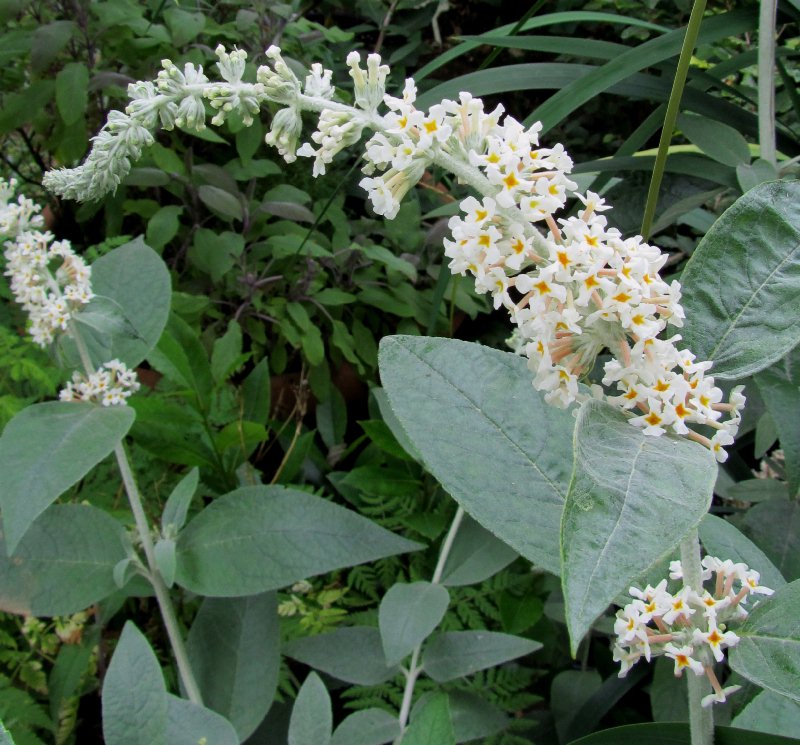Buddleja fallowiana
Sponsor
Kindly sponsored by
The John Spedan Lewis Foundation
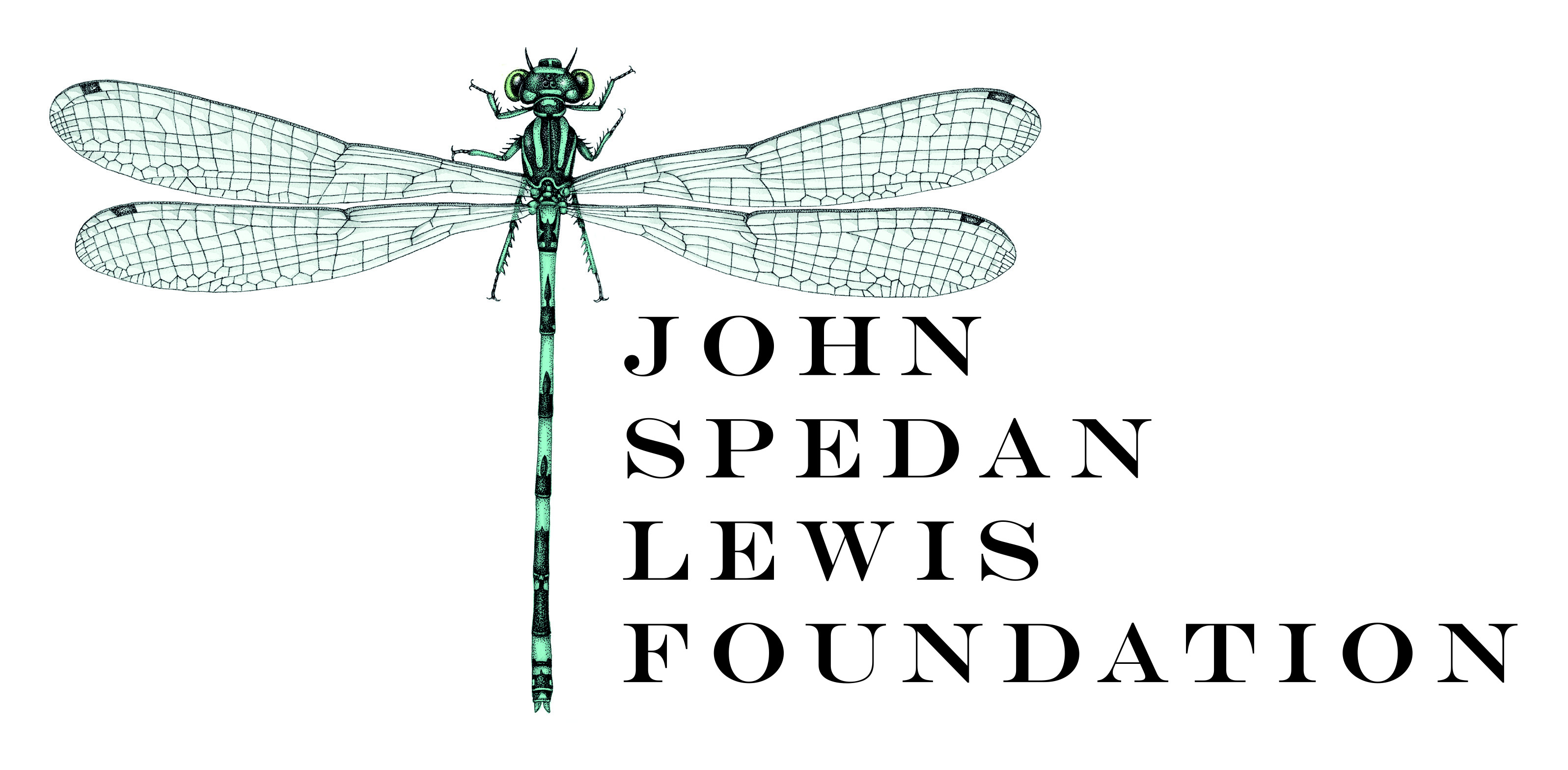
Credits
Andrew Large (2021)
Recommended citation
Large, A.T. (2021), 'Buddleja fallowiana' from the website Trees and Shrubs Online (treesandshrubsonline.
Genus
Synonyms
- Buddleja fallowiana var. alba Sabourin
Infraspecifics
Other taxa in genus
- Buddleja albiflora
- Buddleja alternifolia
- Buddleja araucana
- Buddleja asiatica
- Buddleja auriculata
- Buddleja caryopteridifolia
- Buddleja colvilei
- Buddleja cordata
- Buddleja crispa
- Buddleja crispa × lindleyana
- Buddleja curviflora
- Buddleja davidii
- Buddleja delavayi
- Buddleja fallowiana × davidii
- Buddleja FLUTTERBY™ Series
- Buddleja forrestii
- Buddleja globosa
- Buddleja glomerata
- Buddleja japonica
- Buddleja lindleyana
- Buddleja LO AND BEHOLD® Series
- Buddleja longiflora
- Buddleja loricata
- Buddleja × luteolufaucia
- Buddleja macrostachya
- Buddleja marrubiifolia
- Buddleja megalocephala
- Buddleja 'Miss Ruby'
- Buddleja 'Morning Mist'
- Buddleja myriantha
- Buddleja New Dwarf Hybrids
- Buddleja nivea
- Buddleja officinalis
- Buddleja 'Orange Sceptre'
- Buddleja paniculata
- Buddleja × pikei
- Buddleja 'Pink Delight'
- Buddleja saligna
- Buddleja 'Salmon Spheres'
- Buddleja salviifolia
- Buddleja 'Silver Frost'
- Buddleja speciosissima
- Buddleja 'Summer Beauty'
- Buddleja virgata
- Buddleja × wardii
- Buddleja × weyeriana
- Buddleja × weyeriana Hybrids
- Buddleja 'Winter Sun'
Shrub 1–5 m; bushy habit. Branchlets terrete, densely stellate-tomentose . Leaves opposite, subsessile or shortly petiolate. Leaf blade ovate to narrowly elliptic, 5–25 × 1.5–6.5 cm, densely stellate tomentose on both surfaces, becoming glabrescent above, base cuneate or decurrent, apex acuminate, margin crenate-serrate. Inflorescence terminal, thysoid, 5–20 × 6.5 cm. Calyx campanulate, 3.5–5 mm, outside densely stellate tomentose. Corolla white, pale blue or lavender, with an orange throat, 9–14 mm; tube cylindrical, 7–10 × 1–1.5 mm, outside stellate tomentose, inside pilose but basally glabrous; lobes elliptic to subelliptic, 2–4 × 1.5–3 mm. Stamens inserted 2–3.5 mm below corolla mouth; anthers oblong and subsessile, 1–1.5 mm. Pistil mostly stellate tomentose, apex of style glabrous. Ovary ovoid, 1.2–2 × 1–1.4 mm; stigma large, clavate. Capsules ellipsoid, 4–7 × 2–4 mm, stellate tomentose. Seeds oblong, winged all around. Flowers May-Oct. (Leeuwenberg 1979; Li & Leeuwenberg 1996).
Distribution China Yunnan, Sichuan, Xizang
Habitat Open woodland, forest edges, stream banks in mountains. 1200–3800 m asl.
USDA Hardiness Zone 8-9
RHS Hardiness Rating H4
Conservation status Not evaluated (NE)
Buddleja fallowiana was collected and introduced into Europe by George Forrest and named by Balfour and Smith in memory of George Fallow, a gardener at Royal Botanic Garden Edinburgh, who died in the First World War (Stuart 2006).
Less hardy than B. davidii, B. fallowiana is similar except for the amount of tomentum (hair) covering the stems, leaves and buds, making the species fairly easy to distinguish. The silvery effect is considered of additional horticultural or aesthetic merit. It is a slower-growing and less vigorous species compared to B.davidii and, except in exceptionally mild areas, deciduous. The flower-panicles closely resemble those of B. davidii and the colour can be white, lilac, pale blue or light purple, all with a yellow-orange eye. The white-flowered ‘Alba’ is quite common in gardens and the horticultural trade, and is also considered the most hardy form. Other collections are grown less often, but the pastel shades of the flowers are generally unremarkable. It requires shelter and a well-drained soil to survive the coldest winters, and is root hardy to about –10ºC. Although the top growth may die back after a harsh winter, the plant will grow back from the base in spring (Stuart).
B. fallowiana is very closely related to B. davidii (Chau 2017), and a number of garden cultivars are hybrids of these two species, for example ‘Lochinch’; ‘West Hill’; ‘Bishop’s Violet’; and ‘Mayford Purple’. These hybrids are sometimes erroneously listed under B. fallowiana and are here discussed separately under B. fallowiana × davidii.
'Alba'
Awards
RHS AGM
RHS Hardiness Rating: H5
USDA Hardiness Zone: 7-9
Once afforded formal varietal status, Leeuwenberg (1979) reduced the white-flowered form to a synonym. As a relatively common garden plant grown over many years, and the most often encountered representative of the species, it is here treated as a cultivar called ‘Alba’. B. fallowiana ‘Alba’ is considered more hardy than average for the species. The foliage is similarly grey and felted, and the flowers are a bright white with a large yellow eye. An attractive specimen shrub for both its flowers and foliage, it was awarded the RHS AGM in 1993 (Stuart 2006).

